How the COVID-19 Pandemic Forever Changed Health Sciences
Part one of a two-part series on how the pandemic intensified a sense of purpose and prompted lasting changes in education, research and outreach.
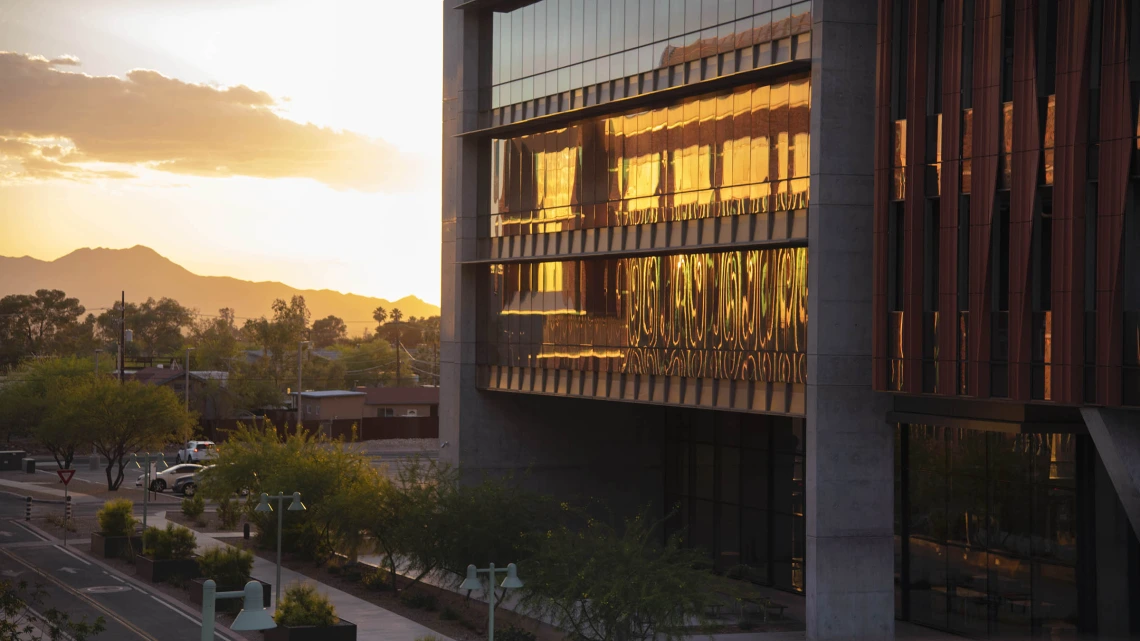
The COVID-19 pandemic has forever altered aspects of health care and health care education, from online classes to the expansion of telemedicine.
As classes resume on the University of Arizona Health Sciences campuses in Tucson and Phoenix, there is a sense of welcome familiarity. Faculty members are preparing curricula, students are meeting for coffee in what shade they can find and everyone is looking for that perfect parking spot.

Michael D. Dake, MD, senior vice president for Health Sciences
“The magnitude of the COVID-19 pandemic has been unique in our lifetime, but we have risen to the challenges that have deeply affected our lives and our communities,” said Michael D. Dake, MD, senior vice president for Health Sciences. “In adjusting to the new reality, we significantly strengthened the pursuit of our mission – finding new, innovative ways to educate and train students, care for marginalized communities through public health interventions, and enhance meaningful interprofessional research relationships.”
From in-person to online, traditional to nontraditional
Among the earliest changes the pandemic caused was a sharp turn to virtual learning, which soon became a valuable tool in the kit to educate future health care providers.
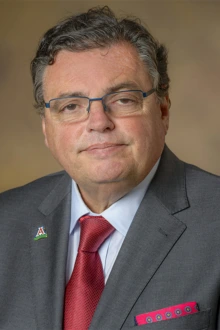
Michael M. I. Abecassis, MD, MBA, dean of the College of Medicine – Tucson
“We learned that not all teaching needs to occur in person,” said Michael M. I. Abecassis, MD, MBA, dean of the College of Medicine – Tucson. “We were forced to switch to an online curriculum literally overnight, and as a result, there is now clearly an experience with online teaching in some areas of the medical and other curricula that will remain in place long after the pandemic.
“We also learned how to carry out some aspects of our research mission remotely, and how to ask and answer scientific questions without the need to do all of it in a laboratory.”
“The pandemic was very challenging for our students, faculty and staff,” said Guy Reed, MD, dean of the College of Medicine – Phoenix. “Yet, as Churchill said, for many ‘it was their finest hour.’ It spawned innovation and resourcefulness. It catalyzed changes in education that have been a long time in coming. It largely killed the ‘sage upon the stage’ teaching method of the large open lecture. It accelerated the full adoption of more effective, active and case-based learning.”
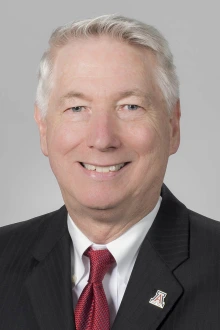
Guy Reed, MD, dean of the College of Medicine – Phoenix.
She said two cohorts of Doctor of Nursing Practice (DNP) students and faculty went to the Gallup Indian Medical Center in New Mexico to help. Because of that experience, the college is developing a partnership with the center for DNP students’ clinical rotations and scholarly projects.
“Early on we met to decide how we were going to deliver the curriculum, and this really helped to provide clarity and structure for both students and faculty.” said Rick Schnellmann, PhD, dean of the College of Pharmacy. “We said if you want to be in-person, you can do that. If you want to watch it live on Zoom, you can do that. If you just want to watch a recorded video asynchronously, you can do that. From a student's point of view, you could have it your way. This brought a lot of goodwill, because if you are anxious or worried about things, having it your way takes a lot of pressure off.”

Ki Moore, PhD, RN, FAAN, dean of the College of Nursing
In retrospect, perhaps the biggest change in health professions education that the pandemic prompted was an opening of nontraditional paths to health care careers that will only become more prevalent.
“It's not like the old days where the majority of students went to college when they were 18 years old,” said Dr. Schnellmann. “Now we are actively reaching out to students of many different ages, from many different backgrounds. The pandemic brought to the forefront older students, married students, and students who are caring for their parents who are interested in health sciences. We're now more focused on training students who previously had all these barriers, and we have developed new ways to help get them here.”
A heightened sense of purpose
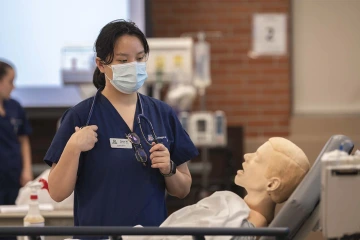
UArizona College of Nursing student Alexa Wong assesses her manikin patient in the simulation lab.
“I think that being part of the health care community, we all felt a sense of shared purpose in serving the tripartite mission of education, research and patient care,” said Dr. Abecassis. “As a silver lining, the pandemic became a unifying theme as we worked together with our clinical partners to set up testing and provide care for those who became infected and sick.”
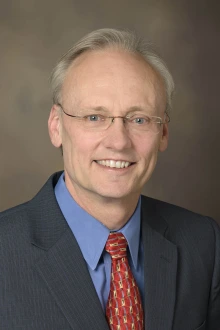
Rick Schnellmann, PhD, dean of the College of Pharmacy
The need to respond was evident across all of the Health Sciences disciplines. “When it became clear that COVID had gripped the globe, students pivoted to become active participants in the response to the pandemic,” said Dr. Hakim. “There were numerous opportunities for students to become involved in COVID prevention, research and response efforts, so the pandemic provided hands-on public health training for many.”
For some, the response meant a desire to join the health care profession. “Applications to most of our educational programs increased during the past year, a clear reflection of the desire for those with an interest in caring for individuals, families and communities to move forward with their career goals and passion,” said Dr. Moore.
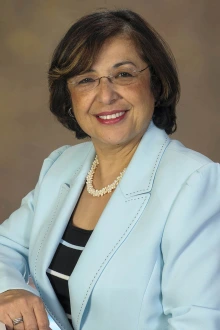
Iman Hakim MD, PhD, MPH, dean of the College of Public Health
The pandemic also had a positive effect for the public health profession in general, raising the field’s profile nationally. “College of Public Health faculty were at the forefront of COVID-19 mitigation efforts on campus, in our local county and at the state level,” said Dr. Hakim. “Faculty provided data that were essential for monitoring the pandemic, led efforts to train and deploy students for various COVID-19 mitigation efforts, including contact tracing, research, behavior change communication and vaccine promotion.
“Our faculty continue to lead several research efforts that provided data on population COVID-19 immunity levels, vaccine effectiveness, effect of prevention efforts on the epidemiology of the pandemic and more, and their findings will advance public health in many different ways for years to come.”

